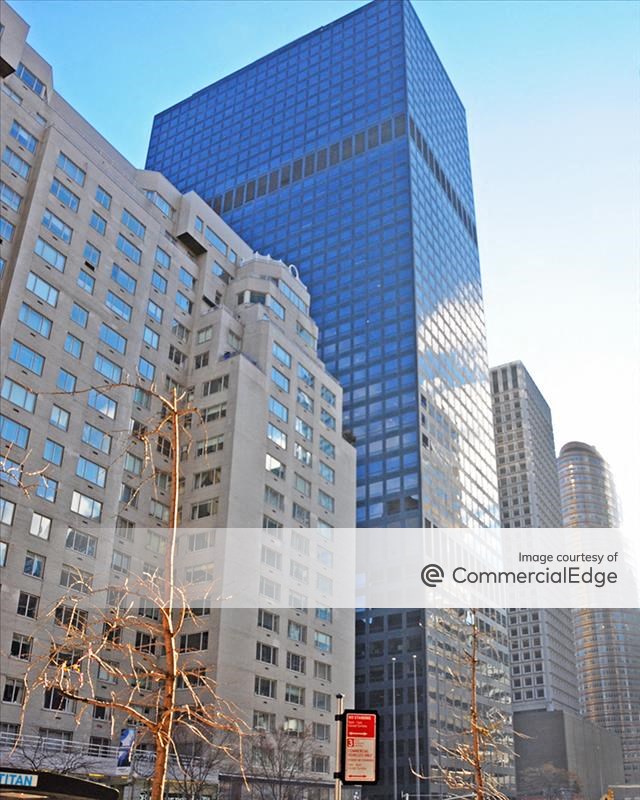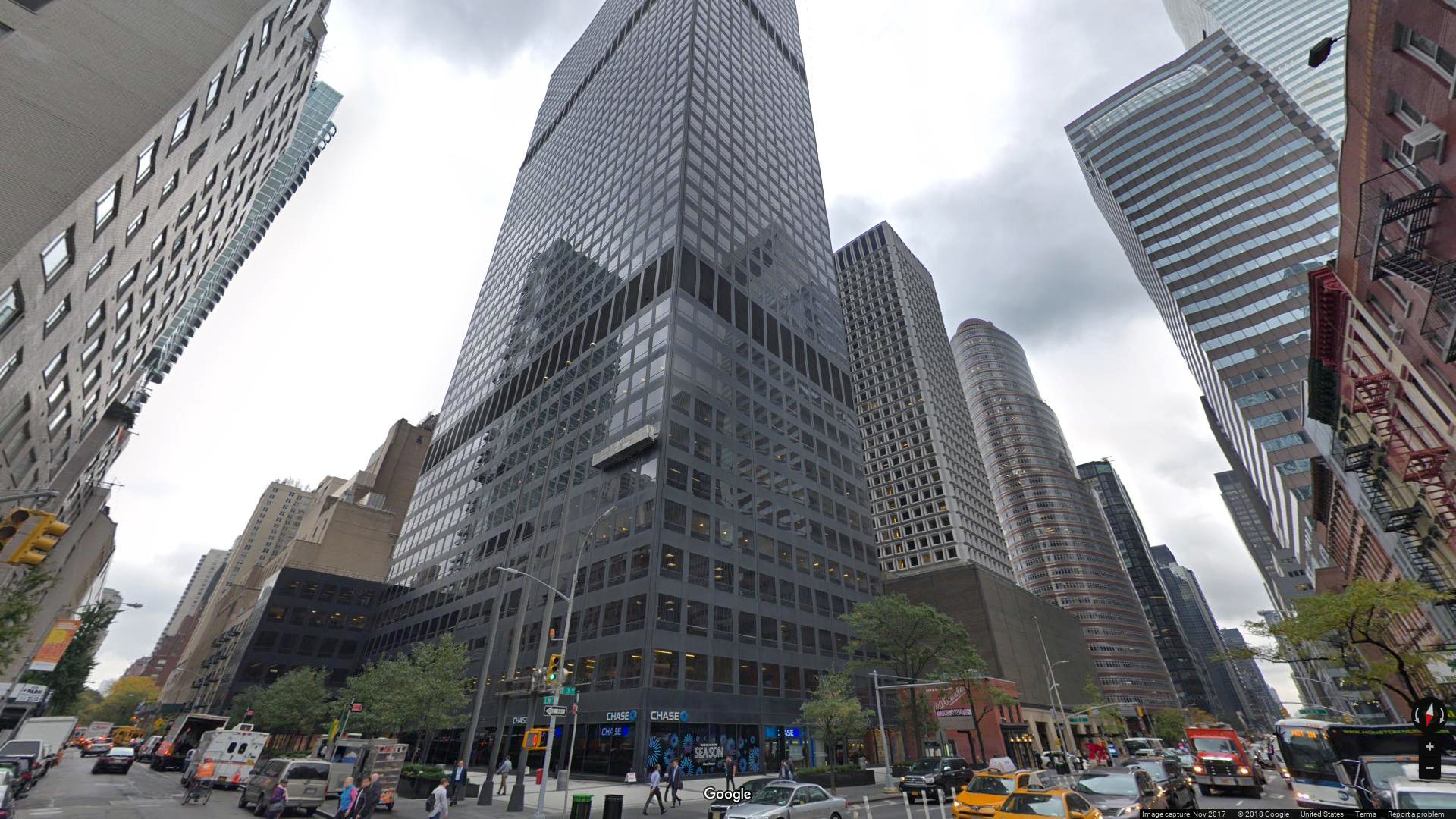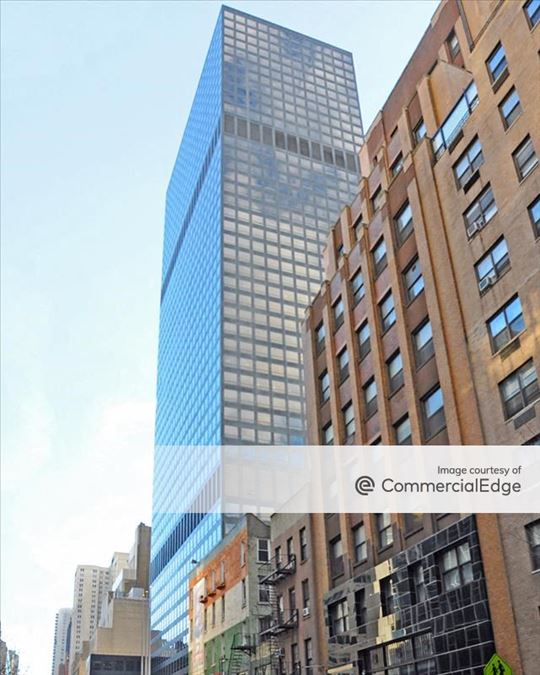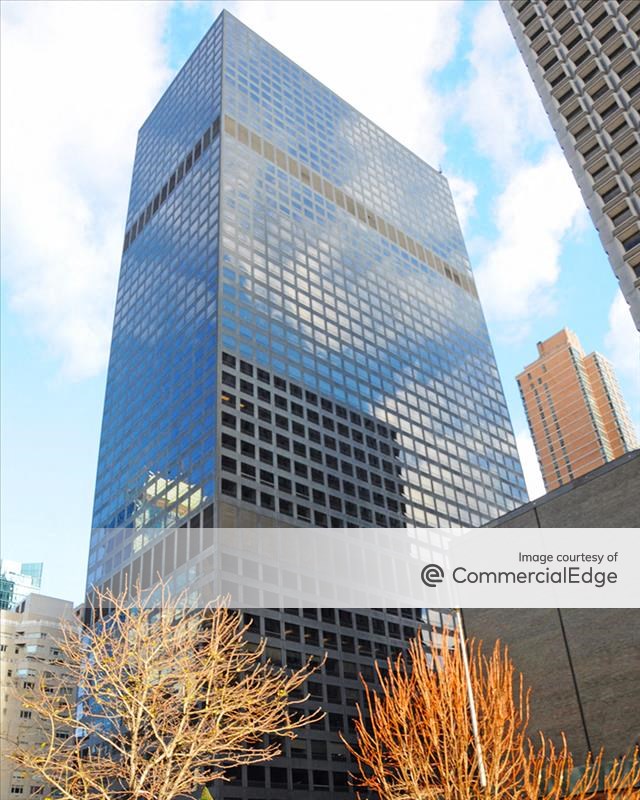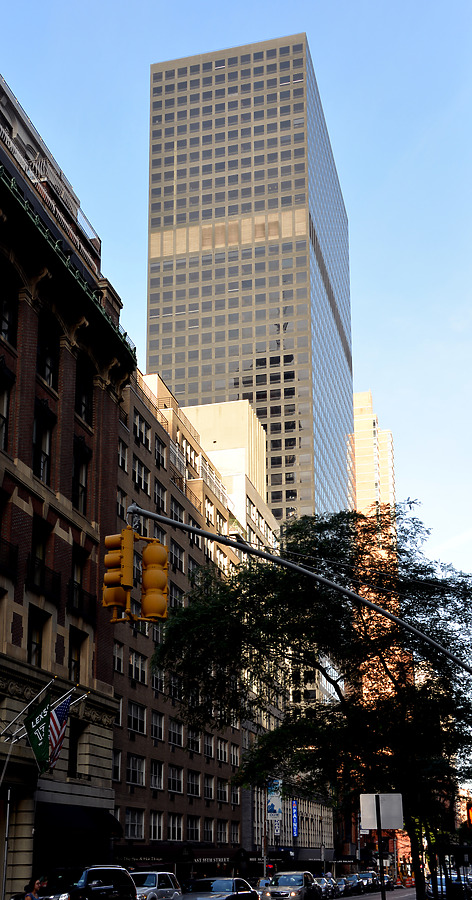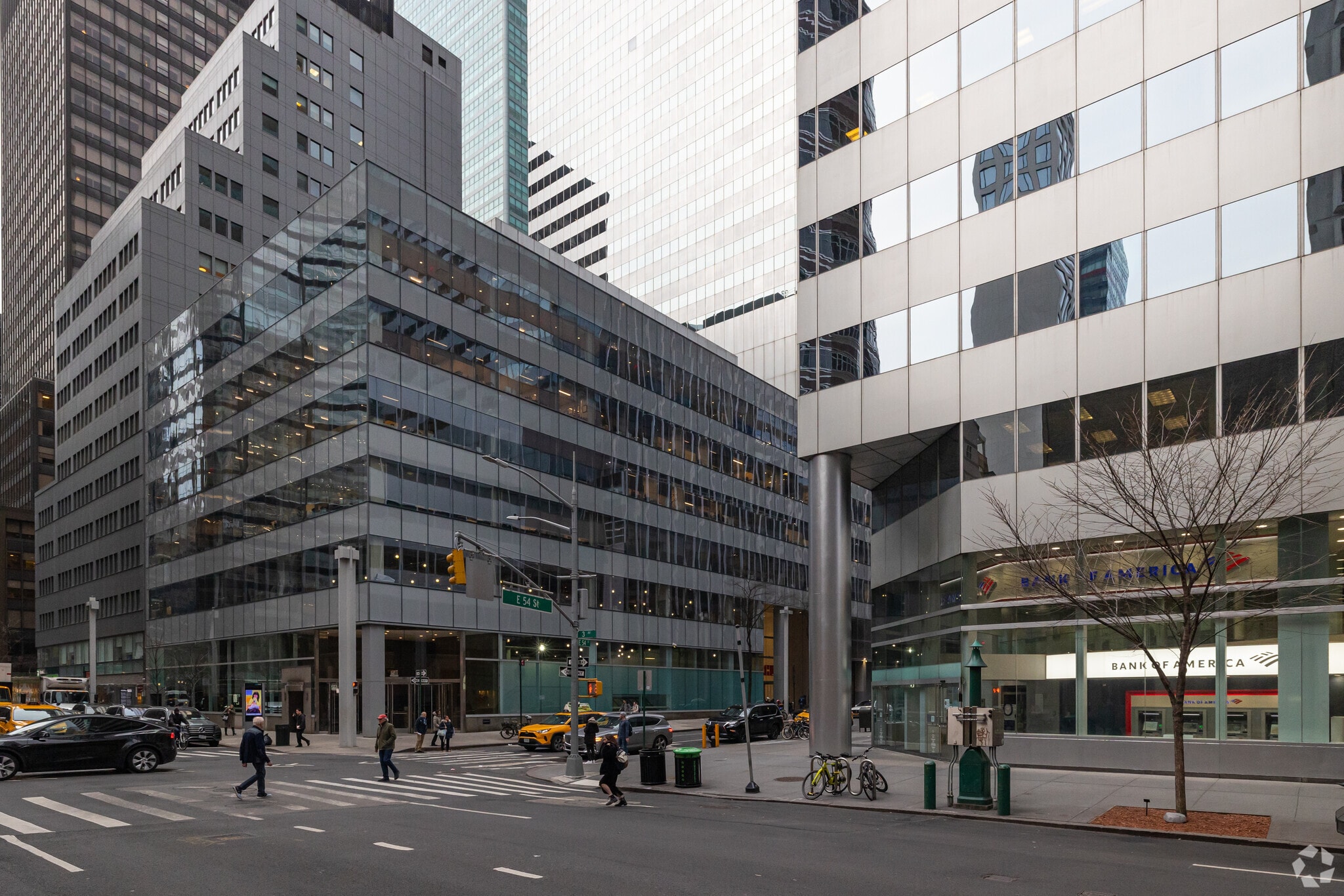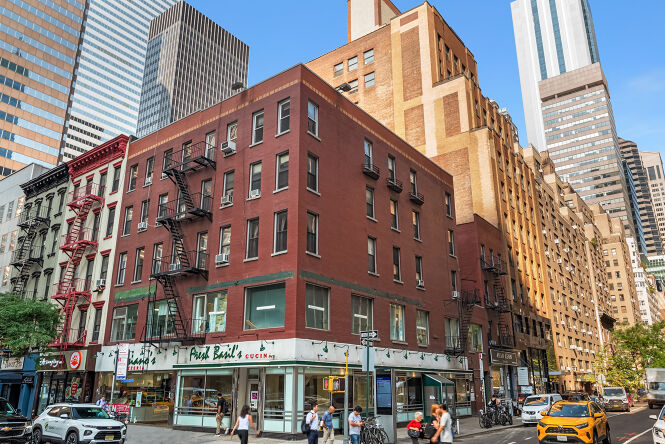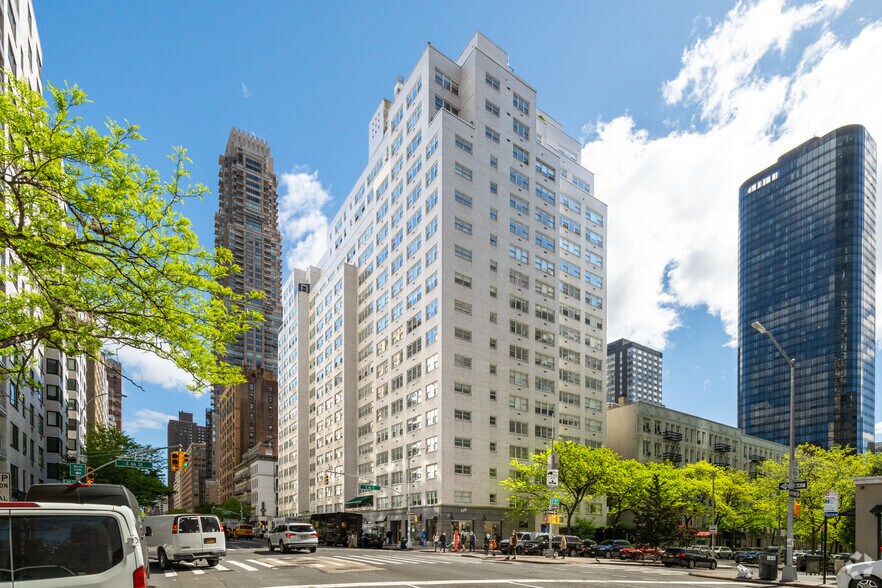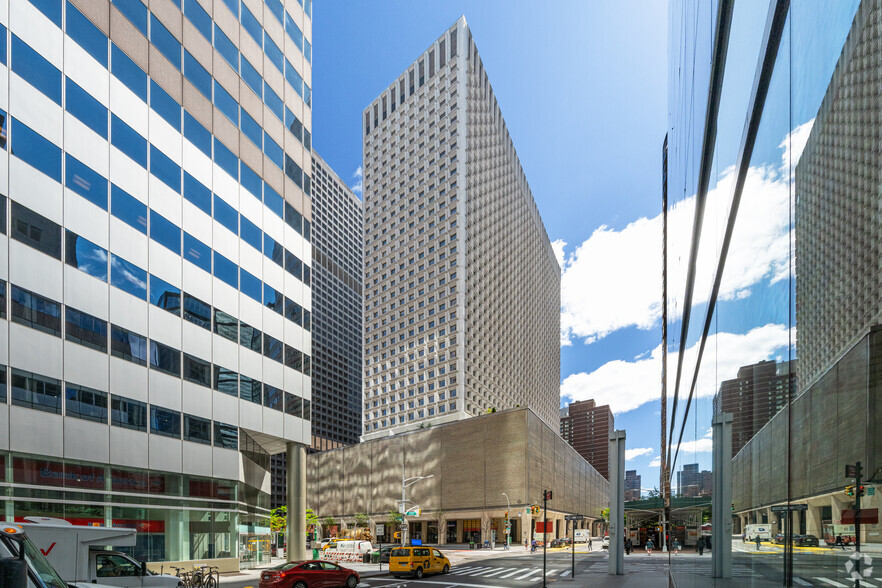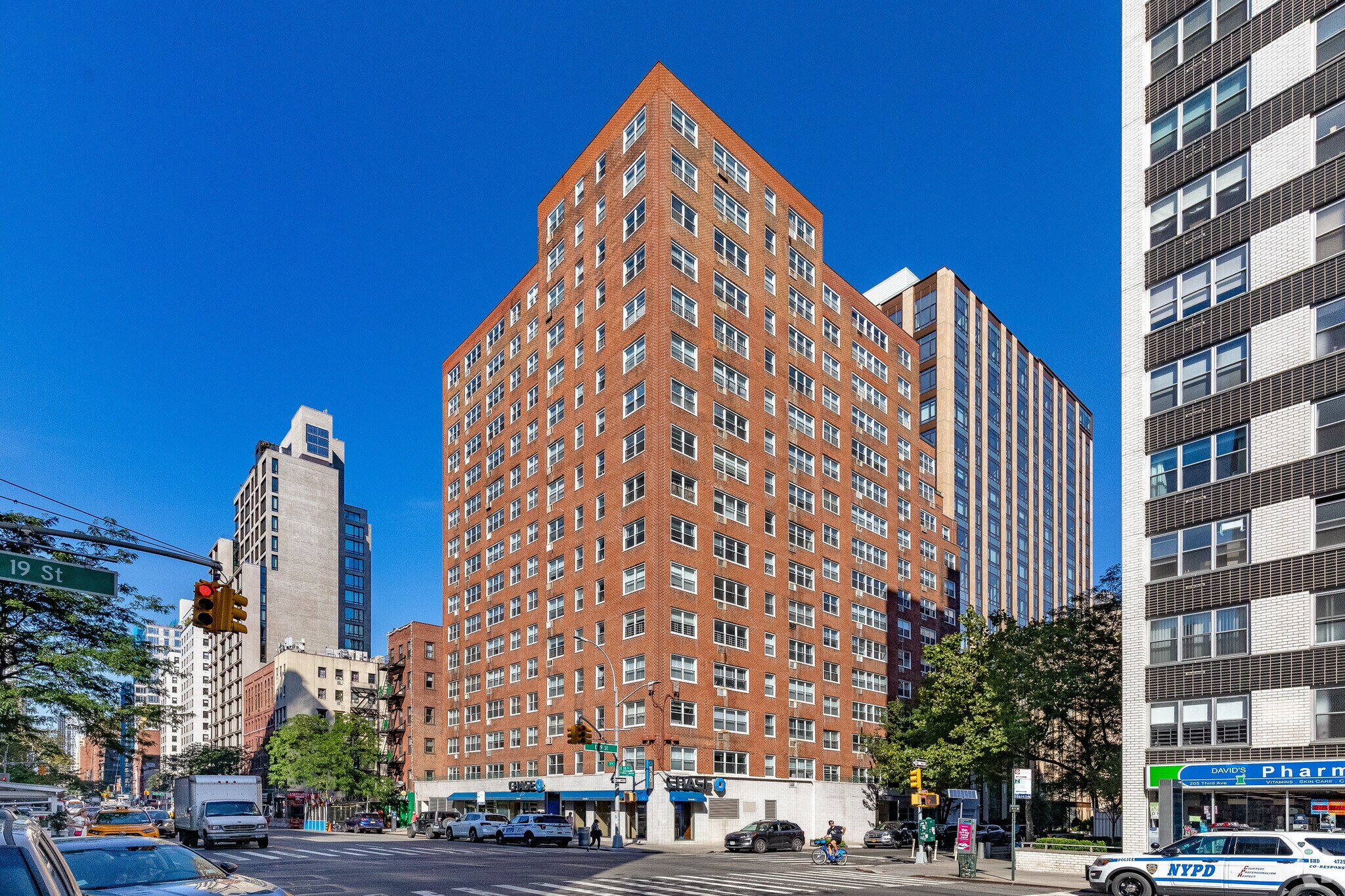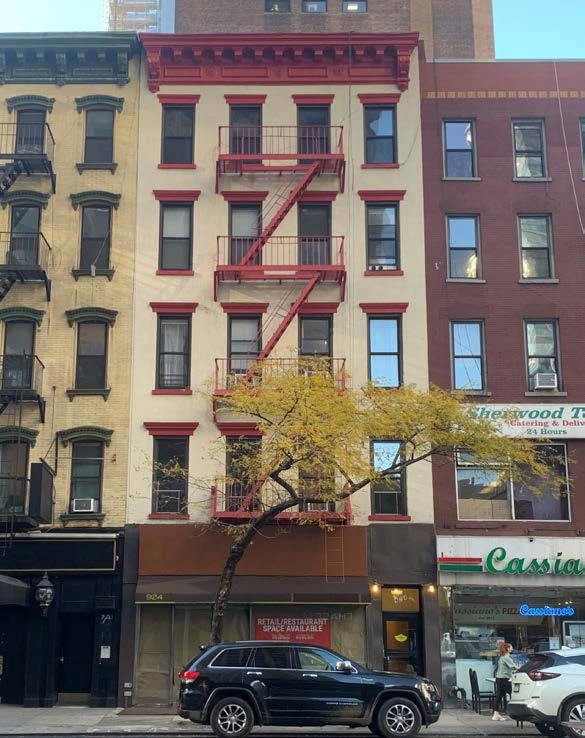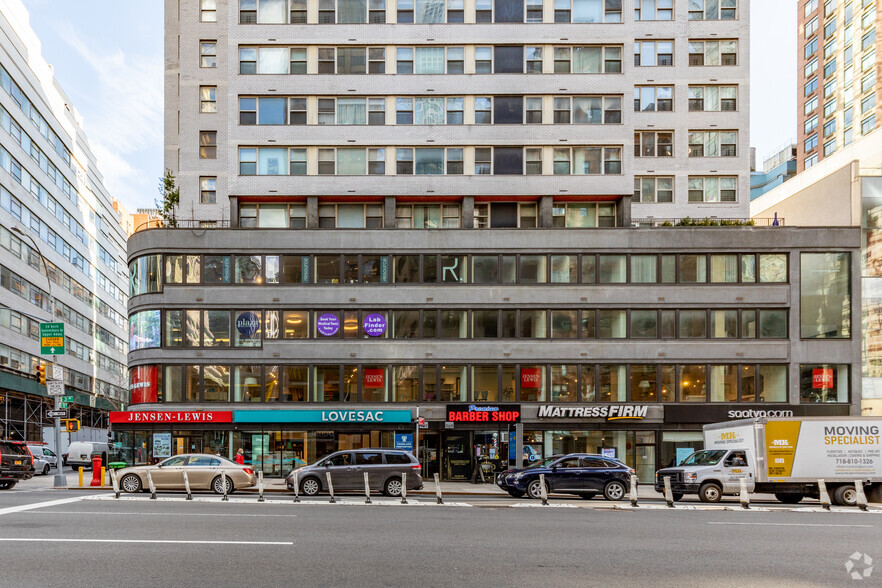919 3rd Ave New York Ny 10022
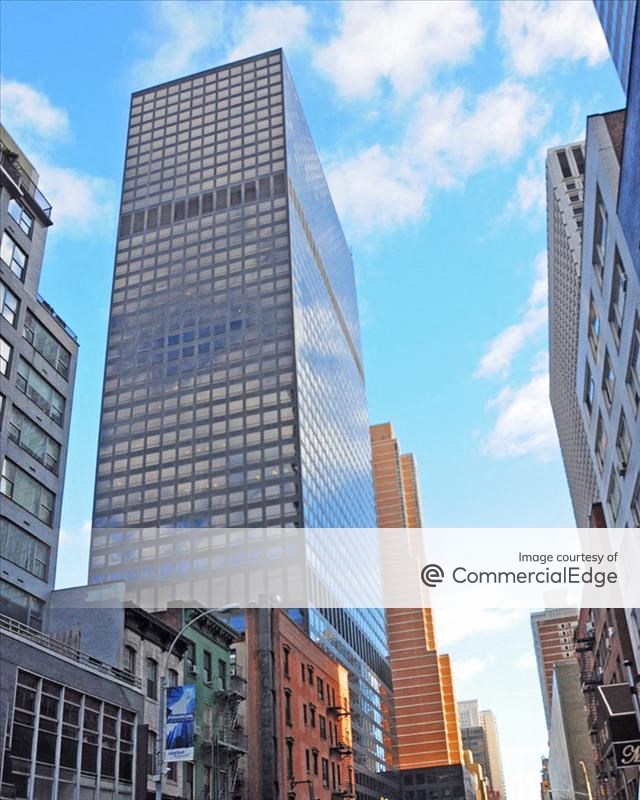
919 Third Avenue, a prominent office tower in Midtown Manhattan, is facing renewed scrutiny amid evolving market dynamics and financial pressures. The building, located in the heart of New York City's bustling commercial district, has been a fixture of the skyline for decades. Recent reports indicate a complex interplay of factors impacting the property's future, prompting widespread discussion within the real estate community.
The situation at 919 Third Avenue serves as a microcosm of the broader challenges confronting commercial real estate in the post-pandemic era. Shifting work patterns, rising interest rates, and increasing operating costs are all contributing to a reassessment of the value and viability of office spaces across the city.
Key Details of 919 Third Avenue
The building, situated at 55th Street and Third Avenue, boasts approximately 1.5 million square feet of office space. Completed in 1971, it has housed a diverse range of tenants over the years, from law firms to financial institutions.
Its address is 919 3rd Ave New York, NY 10022. The tower's design is typical of its era, featuring a sleek, modernist facade and expansive window lines.
Ownership of 919 Third Avenue has changed hands several times throughout its history. Currently, the property is reportedly owned by a major real estate investment firm. Details regarding specific ownership structures and financial arrangements are often complex and subject to change, requiring careful analysis of public records and regulatory filings.
Financial Challenges and Market Dynamics
Reports suggest that 919 Third Avenue, like many older office buildings, is facing challenges related to vacancy rates and tenant retention. The rise of remote work has led companies to re-evaluate their office space needs, resulting in increased vacancy rates in some areas.
Furthermore, competition from newer, more modern office towers equipped with state-of-the-art amenities poses a significant challenge. Buildings with outdated infrastructure or less desirable locations may struggle to attract and retain tenants in the current market.
Rising interest rates are also impacting the financial performance of commercial real estate assets. Higher borrowing costs can squeeze profit margins and make it more difficult to refinance existing debt.
Potential Impact and Future Outlook
The situation at 919 Third Avenue has implications for various stakeholders. These include building owners, tenants, lenders, and the broader New York City economy.
If the building faces significant financial difficulties, it could potentially lead to a restructuring of its ownership or even a foreclosure scenario. This could create uncertainty for tenants and impact the value of nearby properties.
The city's overall economic health is closely tied to the performance of its commercial real estate sector. A decline in office occupancy rates can lead to decreased tax revenues and job losses.
Renovation and Repositioning Strategies
One potential strategy for addressing the challenges facing 919 Third Avenue is to undertake significant renovations and upgrades. This could include modernizing the building's infrastructure, adding new amenities, and creating more flexible and collaborative workspaces.
Another option is to reposition the building for a different use, such as residential or mixed-use development. This would require significant investment and regulatory approvals, but could potentially unlock new value.
The decision to renovate, reposition, or maintain the status quo will depend on a complex analysis of market conditions, financial considerations, and regulatory requirements. The ownership group will likely weigh various factors before making a final determination.
"The future of office buildings like 919 Third Avenue hinges on their ability to adapt to the changing needs of tenants and the evolving demands of the modern workplace," said Michael Davis, a leading real estate analyst.
Observers are watching closely to see how the situation at 919 Third Avenue unfolds. It serves as a bellwether for the broader challenges and opportunities facing the commercial real estate sector in New York City and beyond.
The fate of 919 Third Avenue is not just about one building. It is about the future of work, the revitalization of urban centers, and the resilience of the commercial real estate market in a rapidly changing world.
